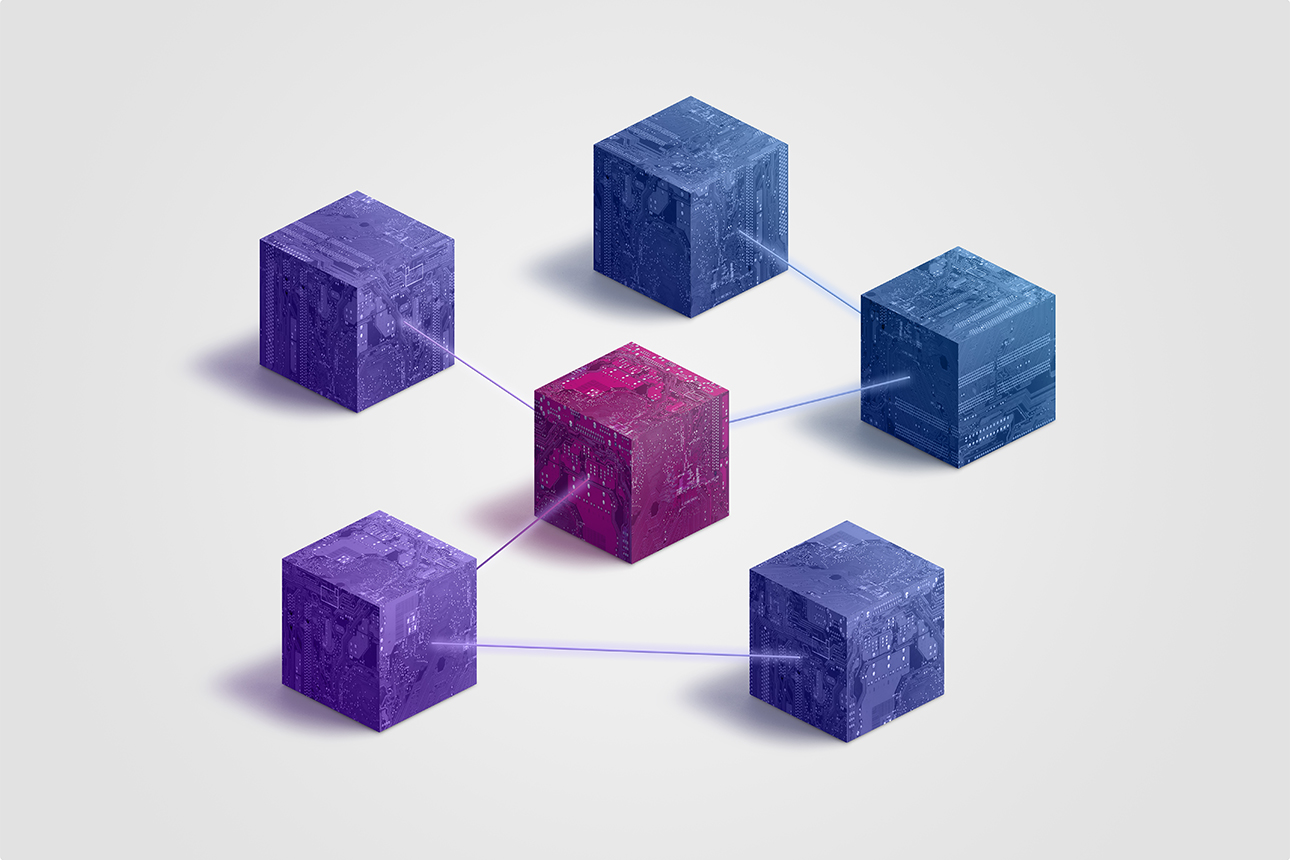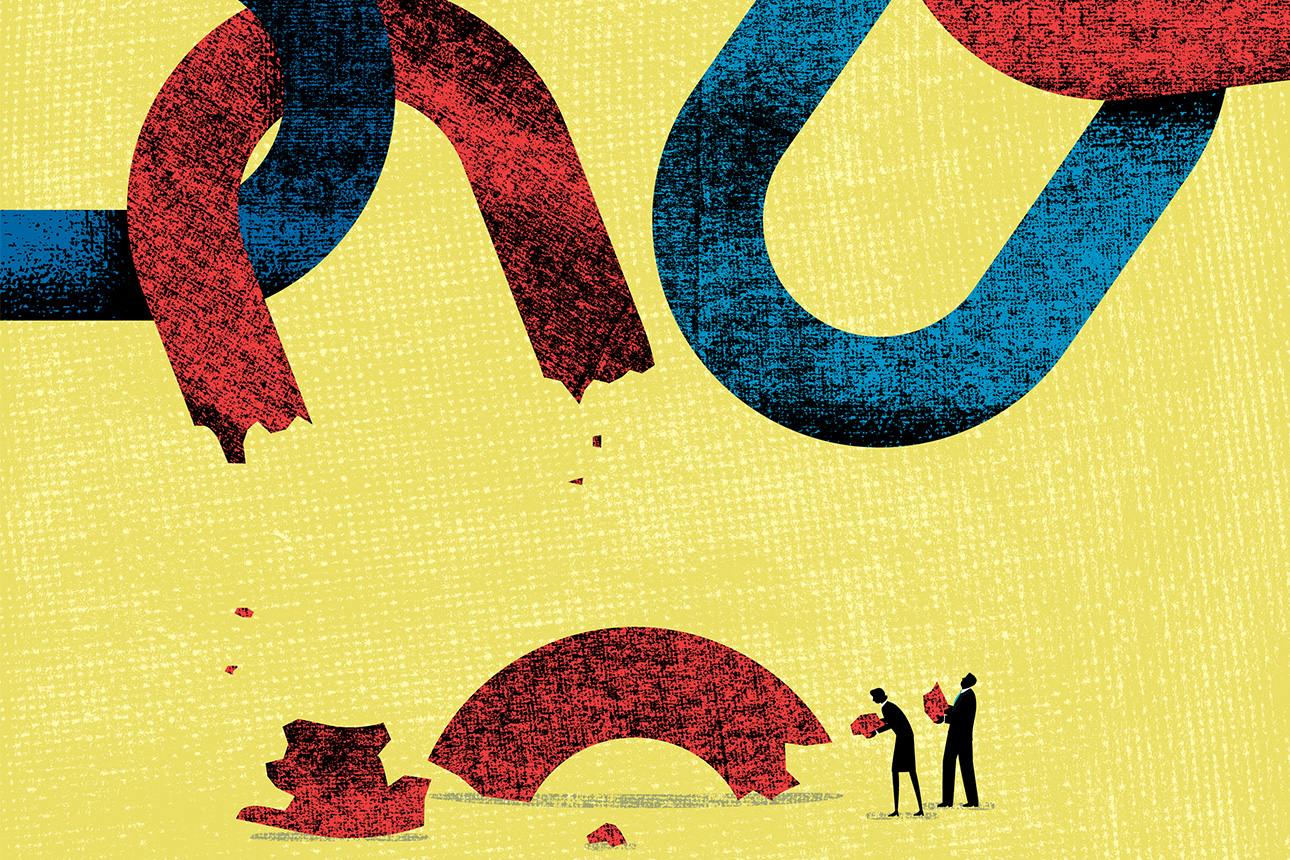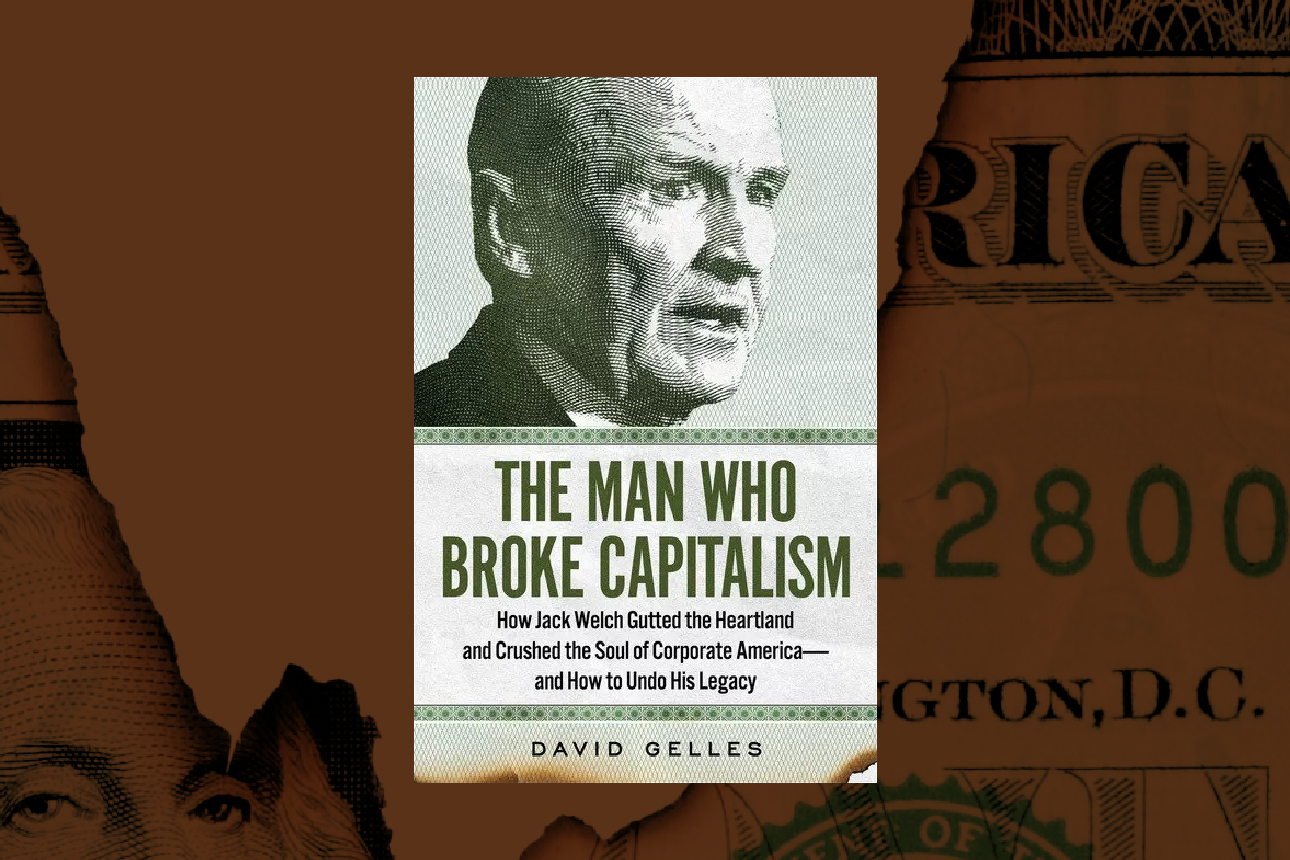Learned a lot lending an editorial hand here:
MIT Sloan Management Review, December 19, 2022

Despite increasing demands by employees, investors, and communities for environmental, social, and governance transparency, philanthropy remains an often overlooked and almost entirely opaque sphere of corporate activity. This is no small issue: In 2021, corporate giving in the U.S. alone is estimated to have exceeded $21 billion.
To explore the dimensions of this problem and understand the use of disclosures in corporate philanthropy more broadly, I studied transparency in the philanthropic foundations of Fortune 100 companies. These foundations are only the tip of the iceberg in corporate giving, but they are indicative of the state of philanthropic transparency across the business world. The research revealed the difficulties that leaders and stakeholders face in trying to gauge the efficacy of giving, ensure accountability for it, and capture the full value it may offer to both the givers and recipients of corporate largesse.
Sixty-seven Fortune 100 companies operate active private foundations. In 2019, their combined grants approached $2.3 billion, which was directed to a variety of causes, including health and social services, community and economic development, education, civic and public affairs, arts and culture, the environment, and disaster relief.
There is no comprehensive set of disclosure protocols for company-sponsored foundations in any of the major international standards, such as the Global Reporting Initiative’s sustainability reporting framework. However, there is an extensive set of disclosure protocols for foundations in the nonprofit sector, including having a searchable grants database, sharing a categorized grant list, and providing online access to the 990-PF tax forms they file, which list grant amounts and the names of their recipients.
My analysis of the foundation and corporate websites of the Fortune 100, as well as their foundation and corporate social responsibility (CSR) reports, revealed that the vast majority of the companies do not follow any of the three protocols (a searchable database, a categorized grant list, or online 990-PFs). Only 4.5% of the companies provide a searchable grant database, only 7.5% offer a categorized grants list, and just 7.5% provide online access to their 990-PF filings. Read the rest here.









































